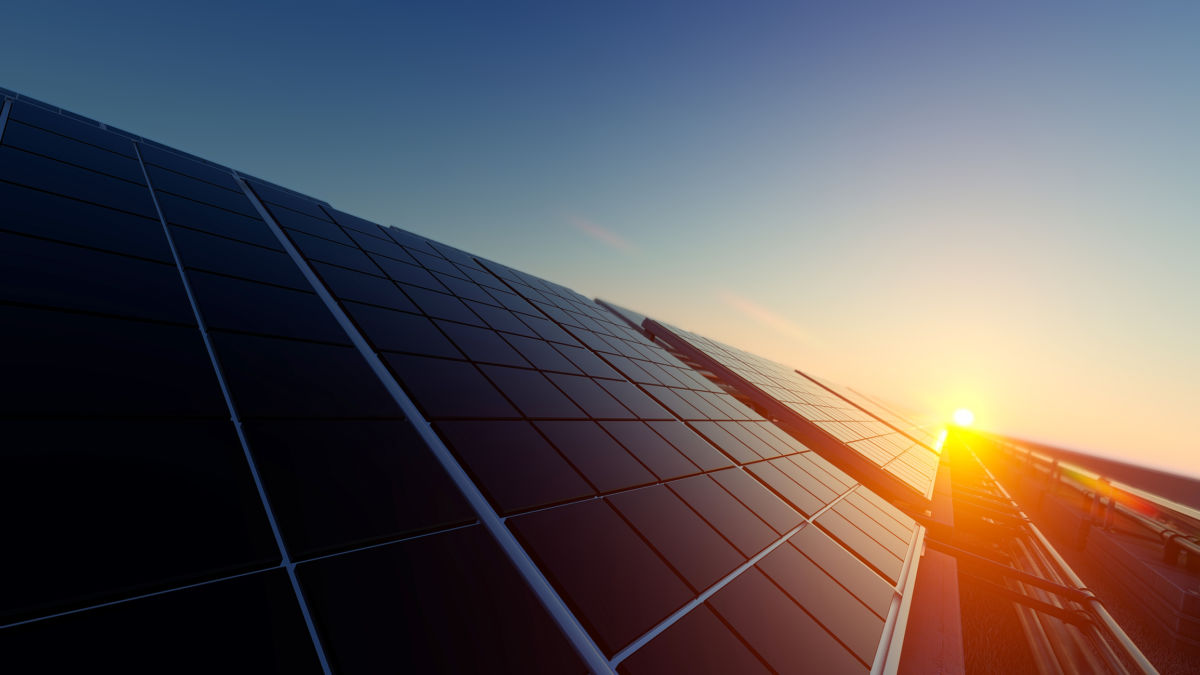October’s 383,000-gallon spill of the Keystone Pipeline in Edinburgh, North Dakota reveals the pipeline for what it is: a deal with the devil. For those of us who live in the land of lakes, just imagine what 383,000 gallons of oil will do to the Hay Creek, Fishhook Lake watershed, and what “clean up” will look like. There’s no way to clean up or protect that aquatic ecosystem. There are no fish, wild rice or life after an oil spill.
That’s what a deal with the devil looks like. While Enbridge talks about the need for a new safe pipeline, the fact is that the Keystone pipeline is not even 10 years old. It is a new pipeline, and it still leaked. In fact, the October catastrophe was its second major leak; the 2017 pipeline rupture sent 407,000 gallons spewing into South Dakota groundwater.
North Dakota has sold its water and soul to the oil companies. Three years ago, a study by Duke University found,
Accidental wastewater spills from unconventional oil production in North Dakota … caused widespread water and soil contamination…. Researchers found high levels of contaminants and salt in surface waters polluted by the brine-laden wastewater, which primarily comes from fracked wells. Soil at spill sites was contaminated with radium. At one site, high levels of contaminants were detected in residual waters four years after the spill occurred.
In the meantime, the Lakota are making deals with the Creator for a better future. The first solar farm in North Dakota went up this year — the Cannon Ball Community Solar Farm on the Standing Rock Reservation. Born from the ashes of the Standing Rock battle over the Dakota Access Pipeline, the Cannon Ball solar project shows us all what the future looks like.
This past summer, many veterans of the siege at Standing Rock returned, this time to celebrate a victory: the establishment of the solar farm. Movie stars Mark Ruffalo (The Avengers) and Shailene Woodley (Big Little Lies) and Rep. Tulsi Gabbard (D-Hawaii) all came to Standing Rock. The Cannon Ball Community Solar Farm provides the Standing Rock Reservation with 300 kilowatts and will save the community an estimated $7,000 to $10,000 annually in energy costs.
The solar farm is just the beginning of energy sovereignty at Standing Rock. Cody Two Bears, executive director of Indigenized Energy and former Standing Rock tribal council member, says more projects are on their way. In the midst of Standing Rock’s battle with the Dakota Access Pipeline, the seeds of solar were planted.
“It’s one thing to protest about it, to talk about it, but now we got to be about it,” Two Bears said in an interview with Truthout. The solar farm was connected to the grid in February, and went live in August, powering the Cannon Ball Youth Center and the Veterans Memorial Building, where thousands of veterans who came out to support the pipeline opponents stayed in 2016.
In comparison, the state of North Dakota as a whole lags behind, with no utility scale solar, and with immense, unrealized wind potential.
Energy leadership is coming from Native people.
A Deal With Future Generations
Building renewable energy projects is about more than just post-fossil fuel economics. It’s about the future of electrification in this country. Think of it this way: This past month, Pacific Gas and Electric, northern California’s largest northern utility, blacked out 500,000 homes because of forest fires; last year’s Paradise Fire was actually caused by PG&E Lines. As fires raged, fanned by climate change and poor infrastructure, there were still lights on at the Blue Lake Rancheria, a Wiyot, Yurok and Hupa village near Eureka, California – with a megawatt of solar and a battery backup system.
Adopting a climate action plan in 2008, the tribe mobilized every resource at its disposal to advance a leading-edge strategy for eliminating its carbon footprint while bolstering climate resiliency. To date, the Tribe has reduced energy consumption by 35% and reduced greenhouse gas emissions 40%, utilizing biodiesel to power public buses and aggressive energy efficiency measures. Back in the Obama administration, Blue Lake was recognized as one of 16 communities designated as White House Climate Action Champions.
The grid went down, and the tribe still had solar. That’s a covenant, a deal with future generations. Change comes, it’s a question of who controls the change.
Looking down the barrel of a bad pipeline, I know that we don’t need to make a deal with the devil. North Dakota and Enbridge: Go grow your food with oil — I’m going to grow my gardens with water; I’m going to commit to solar and renewables. Let’s see who will eat.
Our most important fundraising appeal of the year
December is the most critical time of year for Truthout, because our nonprofit news is funded almost entirely by individual donations from readers like you. So before you navigate away, we ask that you take just a second to support Truthout with a tax-deductible donation.
This year is a little different. We are up against a far-reaching, wide-scale attack on press freedom coming from the Trump administration. 2025 was a year of frightening censorship, news industry corporate consolidation, and worsening financial conditions for progressive nonprofits across the board.
We can only resist Trump’s agenda by cultivating a strong base of support. The right-wing mediasphere is funded comfortably by billionaire owners and venture capitalist philanthropists. At Truthout, we have you.
We’ve set an ambitious target for our year-end campaign — a goal of $250,000 to keep up our fight against authoritarianism in 2026. Please take a meaningful action in this fight: make a one-time or monthly donation to Truthout before December 31. If you have the means, please dig deep.
